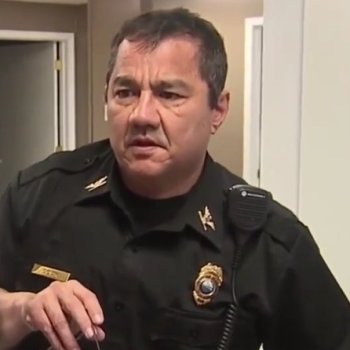Rocket Lab ships its two Mars Escapade orbiters to Cape Canaveral
Rocket Lab has now shipped the two identical Mars Escapade orbiters to Cape Canaveral for launch in late September on the very first flight of Blue Origin’s New Glenn rocket.
The spacecraft, known as Blue and Gold, recently completed comprehensive assembly, integration, and test at Rocket Lab’s Spacecraft Production Complex and headquarters in Long Beach, California. Following this milestone, the Rocket Lab team conducted final closeout activities, including the installation of spacecraft solar arrays and multi-layer insulation (MLI) blankets, before they were packaged and shipped to Florida for launch.
Once in orbit around Mars, the two spacecraft over eleven months will study the interaction of the Martian atmosphere and its weak magnetoshere with the solar wind and solar storms, providing two different data points for a better geographic perspective.
Rocket Lab has now shipped the two identical Mars Escapade orbiters to Cape Canaveral for launch in late September on the very first flight of Blue Origin’s New Glenn rocket.
The spacecraft, known as Blue and Gold, recently completed comprehensive assembly, integration, and test at Rocket Lab’s Spacecraft Production Complex and headquarters in Long Beach, California. Following this milestone, the Rocket Lab team conducted final closeout activities, including the installation of spacecraft solar arrays and multi-layer insulation (MLI) blankets, before they were packaged and shipped to Florida for launch.
Once in orbit around Mars, the two spacecraft over eleven months will study the interaction of the Martian atmosphere and its weak magnetoshere with the solar wind and solar storms, providing two different data points for a better geographic perspective.





